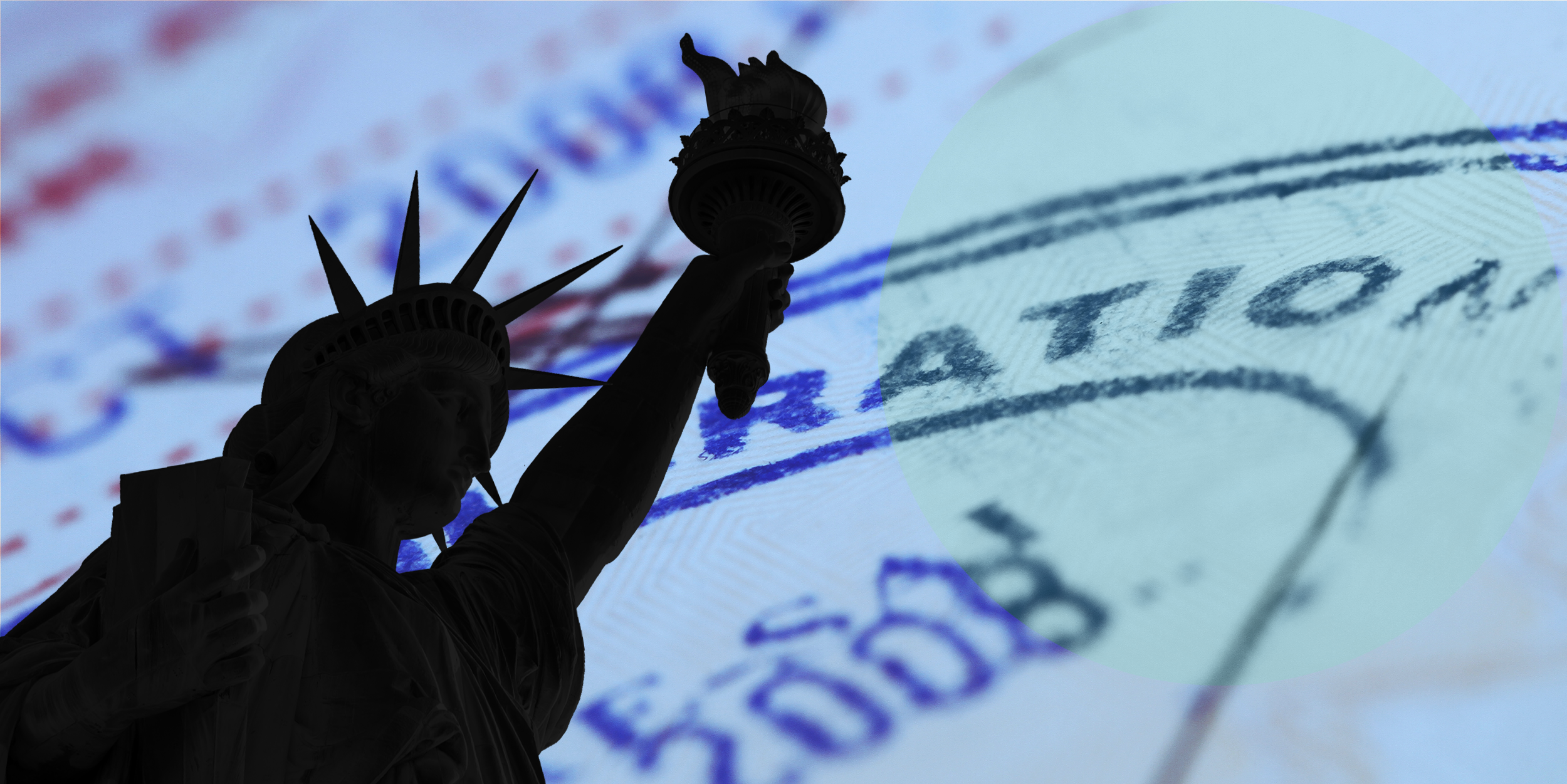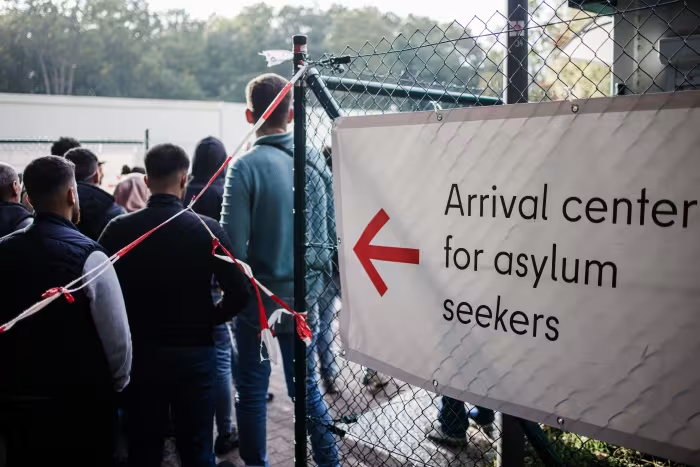DACA, or Deferred Action for Childhood Arrivals, was created to protect young immigrants, known as Dreamers, from deportation. This program allows individuals who arrived in the U.S. as children to pursue education and work without the fear of being sent back to their home countries.
Since its launch in 2012, DACA has affected hundreds of thousands of lives. Understanding its impact helps you see the struggles and success stories of Dreamers who contribute to American society every day.
As debates continue about immigration policy, the future of DACA remains uncertain. It is important to explore the experiences of Dreamers and the challenges they face in seeking stability and acceptance in a country they call home.
History of DACA
DACA, or Deferred Action for Childhood Arrivals, has a significant history that shapes its role in immigration policy today. This section explores its origins, important laws that relate to it, and the legal challenges it has faced.
Origins and Implementation
DACA was created by President Barack Obama in June 2012. Its goal was to protect young immigrants who came to the U.S. as children. These individuals are often called “Dreamers.”
To qualify for DACA, applicants must meet specific criteria. They should have come to the U.S. before age 16, be under 31 years old, and have lived in the country continuously since June 15, 2007. DACA allows these young people to apply for work permits and protects them from deportation for renewable two-year periods.
Key Legislation
DACA is not a law passed by Congress. Instead, it is an executive action. It came about as a response to the failure of the Dream Act, which aimed to provide legal status to undocumented youth.
Though DACA has helped many, it exists in a complex legal environment. Ongoing debates about immigration reform affect the program’s status. Various bills have been introduced to provide permanent solutions for Dreamers.
Legal Challenges and Developments
DACA has faced numerous legal challenges since its implementation. Several states sued the federal government, claiming DACA is illegal.
In 2020, the Supreme Court ruled that the Trump administration’s attempt to end DACA was unlawful. This decision allowed the program to continue, but many uncertainties remain. The future of DACA depends heavily on political decisions and ongoing court cases.
As of now, Dreamers still face challenges in seeking permanent protection and a pathway to citizenship.
Impact on Dreamers
The status of Dreamers under DACA greatly affects their lives in many ways. This includes their ability to pursue education and work, contribute to society, and face certain hardships.
Education and Career Opportunities
Dreamers benefit significantly from DACA when it comes to education. Many can access state universities and community colleges, allowing them to pursue degrees in various fields. This access often leads to better job opportunities.
With DACA, you can apply for jobs without the fear of being deported. Many Dreamers have landed jobs in high-demand areas, including technology and healthcare. The ability to work legally helps you build a career and gain experience.
Social and Economic Contributions
Dreamers play a vital role in the economy. They contribute over $41 billion in federal taxes annually. This money supports public services like education and healthcare.
In addition, Dreamers bring innovation and creativity to the workforce. Companies benefit from their diverse perspectives. Many Dreamers start their own businesses, boosting local economies and creating jobs.
Challenges Faced by Dreamers
Despite the benefits, you may encounter serious challenges. DACA is not permanent. Changes in policies can put your status at risk, leading to uncertainty.
Financial hurdles also exist. While you can access some scholarships, others are limited due to immigration status. This can make it harder to pay for education or advance in your career.
Social stigma is another issue. Dreamers often face discrimination or misunderstanding. This can affect mental health and overall well-being.
Current Policies and Protections
The landscape of DACA and protections for Dreamers includes important details about the renewal and application process, along with the temporary relief and uncertainty many face. Understanding these aspects can help you navigate the challenges ahead.
Renewal and Application Process
To apply for or renew DACA, you need to follow specific steps. First, you must submit the I-821D form. This form proves your eligibility based on criteria like age, education, and residency facts.
In addition, you are required to provide supporting documents. This may include proof of identity and residency, such as school records and medical documents.
Renewal is generally needed every two years. It’s key to apply well before your current DACA status expires. Delays can occur, so planning your application is crucial to maintain your protections.
Temporary Relief and Uncertainty
While DACA provides some protections, it’s important to know it offers only temporary relief. This means you can work and study without fear of deportation, but there’s no path to permanent residency.
The program has faced legal challenges, creating uncertainty in your status. Courts have issued mixed rulings, causing anxiety among Dreamers about their futures.
During this time, staying informed is vital. You should regularly check for updates on DACA policies and legal changes. Engaging with local organizations can also provide support and resources to navigate your situation.
Future Prospects
The future for DACA recipients, often called Dreamers, includes possible changes through legislation and the ongoing efforts of communities and advocates. These factors will shape what comes next for those who rely on DACA protections.
Legislative Proposals
Many lawmakers have proposed various bills to address DACA and Dreamers’ status. These proposals often aim to provide a pathway to citizenship. Some key bills include:
- The Dream Act: This would help Dreamers gain permanent residency.
- The American Dream and Promise Act: This aims to protect both Dreamers and individuals with Temporary Protected Status (TPS).
Each proposal has faced different challenges in Congress. The political climate can change quickly, affecting the chances of these bills passing. Continued support from both the public and advocacy groups can help push these proposals forward.
Community and Advocacy Efforts
Communities and advocacy groups play a crucial role in supporting Dreamers. They work on several fronts:
- Raising Awareness: They inform the public about DACA and its impact on individuals.
- Legal Support: Many organizations provide legal assistance to help Dreamers navigate their options.
- Mobilizing Support: Advocacy efforts encourage people to contact their representatives and participate in rallies.
These efforts aim to keep the issue in the spotlight. By working together, communities can foster a stronger push for change, affecting policy decisions on DACA. Your involvement can make a difference in this ongoing struggle for protections and rights.


